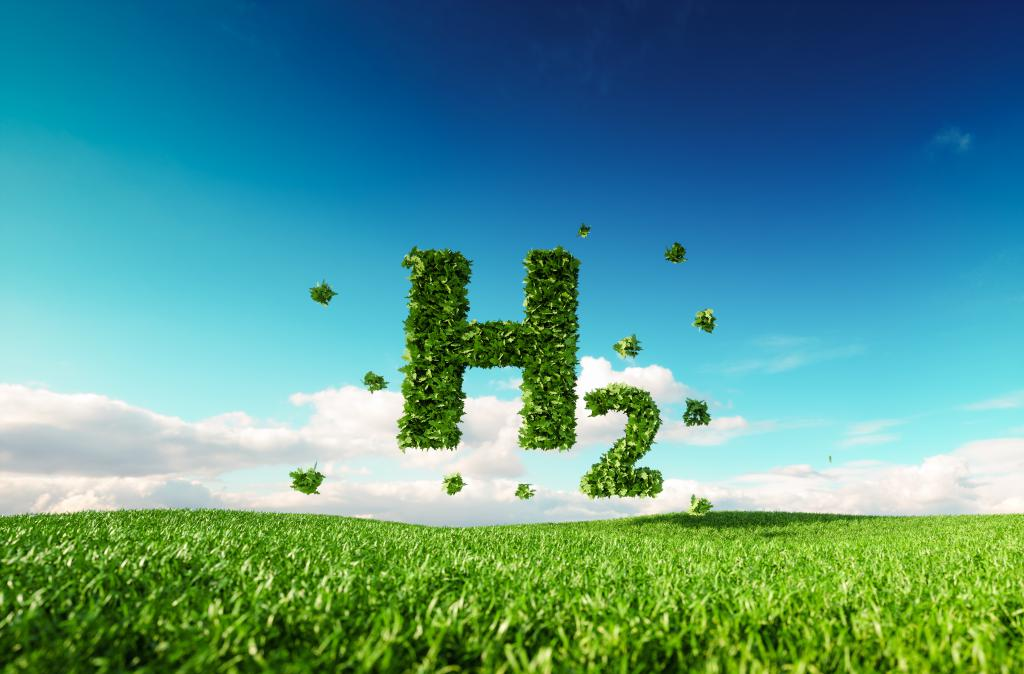
Chemists develop novel electrolyser for Hydrogen production
The transition to a Hydrogen economy is a must for advancing sustainable energy practices as well as for tackling climate change. Hydrogen that is produced through water electrolysis using renewable electricity can be used both as a clean energy carrier and as a reagent for making bulk chemicals from CO2.
However, while electrolysers have been known for over 200 years, the technology is still facing major challenges. For instance, the
conventional alkaline electrolysis is more suitable to operate at low current density and low pressure, while the emerging proton exchange membrane (PEM) electrolyser requires the use of scarce noble metal catalysts and extensive water purification.
Now, a group of researchers present a new type of membrane-free electrolyser that can split water into Hydrogen and Oxygen at high current density using only earth-abundant catalysts.
The new electrolyser comprises of two identical and separate compartments with a sandwich-like architecture. Through this sandwich flow two solutions: a Hydrogen-rich catholyte and an Oxygen-rich anolyte. During operation, the anolyte and catholyte cycle back and forth so that the roles of each compartment are continuously reversed. As a result, the novel electrolyser delivers Hydrogen gas of over 99% purity.
Moreover, our electrolyser design is very robust, and works equally well both in deionized water and in regular tap water.
 English
English Arabic
Arabic


